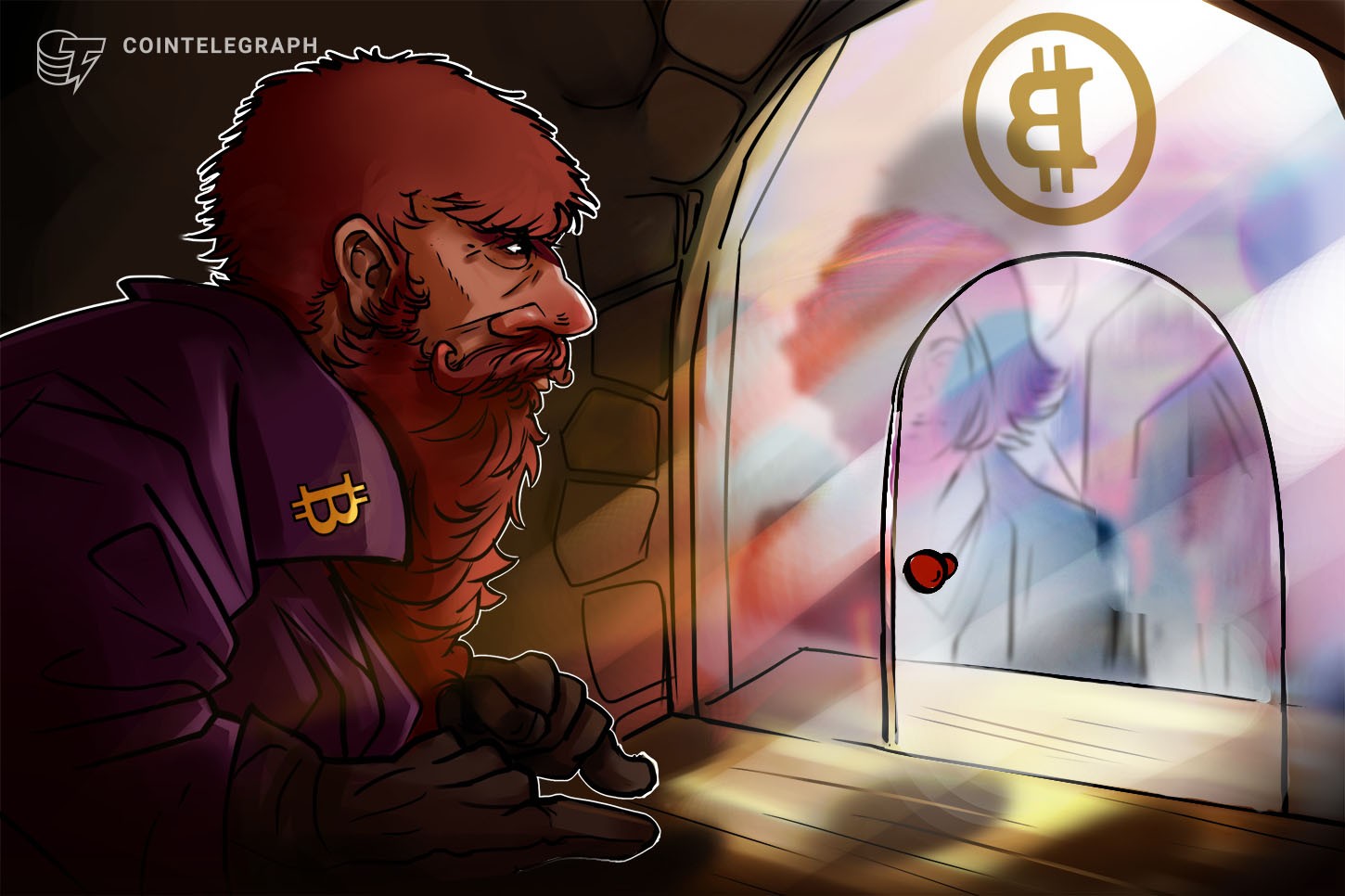Bitcoin (BTC) market liquidity has dropped to a 10-month low, despite a bullish quarter in terms of price gain. The liquidity dry-up is partly attributed to the bank run in the United States and the ongoing regulatory actions against crypto companies.
The liquidity situation in crypto is worsening after the banking fears this month
— Conor Ryder (@ConorRyder) March 23, 2023
I dived into several liquidity metrics to give an update on all things crypto liquidity
First, $BTC liquidity has dropped to 10 month lows as market makers lose access to USD payment rails pic.twitter.com/RwcBEJ8y5Z
BTC’s price has registered a 45% surge in 2023, making it one of the best-performing assets. The price gains come amid a looming financial crisis in the traditional financial market, with stocks and bonds seeing one of their worst years. As the financial crisis has worsened, several banks have collapsed.
The banking crisis has also directly impacted the crypto ecosystem. The collapse of crypto-friendly banks, such as Silicon Valley Bank and Signature Bank, removed important U.S. dollar payment rails for crypto, leading to a liquidity crisis, especially on U.S. exchanges.

The crunch in liquidity has also led to increased price volatility forcing traders to pay more fees in slippage. Slippage refers to the price difference between the expected price of a transaction and the price at which it’s fully executed. For a $100,000 sell order, the slippage for the BTC/USD pair on Coinbase climbed by 2.5 times at the beginning of March. During the same time frame, Binance’s BTC/USDT pair’s slippage barely moved.

The liquidity crunch has also led to higher price volatility on U.S. exchanges, where the price discrepancy between BTC and U.S. dollar pairs has increased drastically compared with non-U.S. exchanges. For example, the price of BTC on Binance.US is more volatile than the average price across 10 other exchanges.

Conor Ryder, research head of on-chain data analytics firm Kaiko, explained the drastic impact of the liquidity crisis on traders and the market. He noted that stablecoins are replacing U.S. dollar pairs, and although it lessens the impact of U.S. banking troubles, it has an adverse effect on liquidity in the United States. He added that it would indirectly harm investors there.


